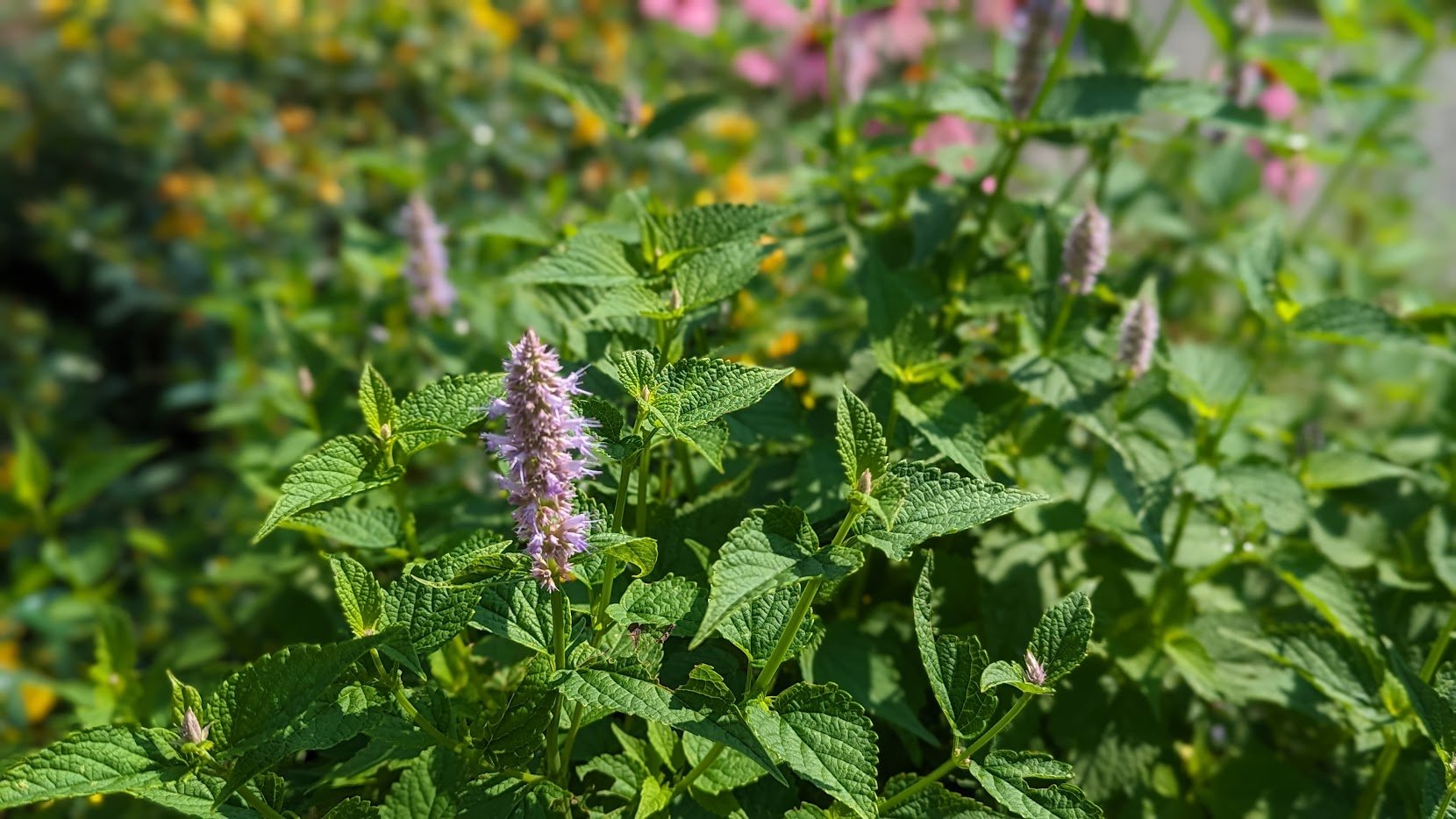Spring Magic
Color & Pollinators in Harmony
(March through Early May)
Are you envisioning bursts of color in your garden this spring, or are you planning with pollinators in mind? The good news is—you don’t have to choose. Early spring is a crucial time for pollinators, and your garden can be both a vibrant visual experience and a vital food source for bees, butterflies, and other beneficial insects. With the right mix of native and non-native perennials, you can bring beauty to your space and provide essential early-season nectar and pollen.
Why Early Blooms Matter
Even if your clients (or you!) don’t step into the garden until June, early bloomers are doing essential behind the scenes work long before then. These plants—ephemerals, bulbs, and early perennials—are more than just fleeting spring accents. They are the backbone of a healthy, thriving ecosystem. From the delicate flicker of hoverflies to the gentle hum of bumblebees, many pollinators rely on early nectar and pollen sources to fuel their life cycles. Without these plants, we lose more than just spring color—we lose critical support for wildlife. When designing a garden, striking a balance between beauty and biodiversity is not optional—it’s essential.
Tiarella cordifolia (Foamflower)
Helleborus (Hellebores)
Epimedium (Barrenwort)
Design Tip:
Layer in the Life
Think beyond just blooms. Consider foliage texture, seasonal transitions, and habitat value. Want a shade-loving beauty with staying power? Try Pulmonaria—its silver-spotted leaves and early blooms check both the beauty and biodiversity boxes. Need structure and evergreen interest? Hellebores deliver year-round presence and are among the first to feed waking pollinators.
Dodecatheon meadia (Shooting Star)
Arisaema triphyllum (Jack-in-the-Pulpit)
Tiarella cordifolia (Foamflower)
******************************
Spring Pollinator
Favorites
Tried-and-true choices from March to early May
Whether you're designing woodland nooks or sunny borders, these native and non-native favorites offer the perfect mix of early-season color and pollinator appeal:
Arisaema triphyllum (Jack-in-the-Pulpit) – mysterious woodland intrigue
Bergenia (Pigsqueak) – bold leaves and bright blooms in early spring
Crocus – one of the earliest nectar sources
Dicentra (Bleeding Heart) – romantic blooms with pollinator appeal
Epimedium (Barrenwort) – dainty blooms and drought-tolerant leaves
Galanthus (Snowdrops) – delicate, essential, and deer-resistant
Helleborus (Hellebores) – evergreen, long-lived, early blooming elegance
Phlox stolonifera (Woodland Creeping Phlox) – low-growing and fragrant
Phlox subulata (Moss Phlox) – sun-loving groundcover with vivid blooms
Polygonatum (Solomon’s Seal) – native shade lover with graceful arches for woodland charm
Pulmonaria (Lungwort) – speckled foliage, nectar-rich flowers
Sanguinaria canadensis (Bloodroot) – native woodland wildflower that brings ephemeral beauty to early spring gardens
Tiarella cordifolia (Foamflower) – native shade lover with soft texture
Trillium – iconic native wildflower for shady spaces
Zizia aurea (Golden Alexander) – native powerhouse for native bees
Whether you're designing for pollinators, planting for beauty, or (ideally) both—early spring is a season full of potential. These plants bring life and color when we need it most, and they quietly support the ecosystems that sustain our gardens all year long.
Phlox subulata (Moss Phlox)
Crocus
Dicentra (Bleeding Heart)
******************************
Spring Steps
Take Action in Your Garden This Spring
Want to make the most of early spring? Here are a few simple steps to support pollinators and boost your garden’s beauty:
Plant in layers – Combine bulbs, perennials, and groundcovers to extend bloom time and visual interest.
Mix natives with non-natives – Many ornamental plants are valuable, but native species are often essential for local pollinators.
Leave the leaves – Delaying cleanup in early spring gives overwintering insects a chance to emerge safely.
Start small, plant thoughtfully – Even a few additions can make a big difference for early-season pollinators.
Observe and adjust – Watch which plants attract the most activity and build on those magnets next season.
Phlox subulata (Moss Phlox)
Helleborus (Hellebores)
Early spring might feel like a quiet season, but beneath the surface, your garden can be buzzing with life. With just a few intentional choices, you can turn your garden into a seasonal sanctuary—bursting with color, alive with movement, and full of purpose.
What will you
plant this spring?
******************************



















